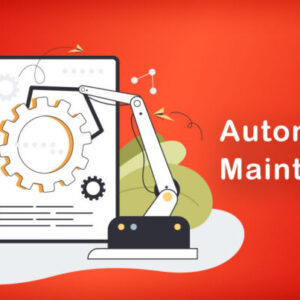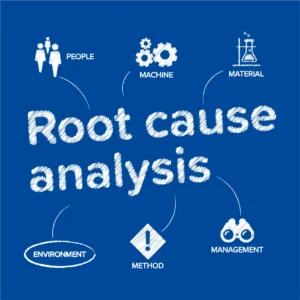Implementing the 5S methodology is a powerful way to enhance workplace organization, improve efficiency, and foster a culture of continuous improvement. One of the key components of a successful 5S program is the creation of effective checklists and procedures. In this blog, we’ll explore how to develop these tools to ensure your 5S implementation is systematic and sustainable.
Importance of Checklists and Procedures
Checklists and procedures are essential for the successful implementation of 5S for several reasons:
- Consistency: They ensure that everyone follows the same steps, reducing variability in execution.
- Accountability: Clear procedures assign responsibilities, making it easier to track progress and hold team members accountable.
- Sustainability: Regularly updated checklists help maintain the gains achieved through 5S efforts.
Steps to Create Effective 5S Checklists and Procedures
1. Identify the Area of Focus
Begin by selecting the specific area or process where you want to implement 5S. This could be a workstation, a department, or even an entire facility. Clearly define the boundaries of your 5S project to avoid scope creep.
2. Engage Your Team
Involve your team in the process of creating checklists and procedures. Their firsthand knowledge and experience can provide valuable insights into what items should be included and how tasks should be performed. Collaboration fosters ownership and commitment.
3. Develop the Checklist
When creating a checklist, consider the following components:
- Clear and Specific Items: Each item should be concise and easy to understand. Use simple language to ensure everyone can follow it.
- Categorization: Organize items by the 5S principles. For example, have separate sections for Sort, Set in Order, Shine, etc.
- Frequency of Tasks: Indicate how often each task should be performed—daily, weekly, or monthly.
Sample Checklist Structure:
| 5S Step | Task Description | Frequency | Responsible | Completion Date |
|---|---|---|---|---|
| Sort | Remove unnecessary items | Weekly | Team Leader | |
| Set in Order | Organize tools with clear labels | Daily | All Team Members | |
| Shine | Clean workstations thoroughly | Daily | Assigned Staff | |
| Standardize | Review and update standard procedures | Monthly | Manager | |
| Sustain | Conduct 5S training for all employees | Quarterly | HR |
4. Create Standard Operating Procedures (SOPs)
In addition to checklists, develop SOPs that outline the step-by-step processes for each 5S principle. This ensures that everyone knows exactly how to perform tasks effectively.
Key Elements of SOPs:
- Objective: Explain the purpose of the procedure.
- Scope: Define the applicable areas and processes.
- Responsibilities: Specify who is responsible for each task.
- Steps: Provide detailed instructions for completing each task.
- Documentation: Include any forms or records needed for compliance.
5. Train Your Team
Once your checklists and SOPs are ready, conduct training sessions to ensure that all team members understand the procedures. Highlight the importance of 5S and how it benefits everyone involved. Encourage questions and discussions to clarify any doubts.
6. Implement and Monitor
Put your checklists and procedures into action. Monitor compliance and gather feedback from team members. Use this information to identify areas for improvement and make necessary adjustments.
7. Review and Update Regularly
5S is an ongoing process, so it’s essential to regularly review and update your checklists and procedures. Schedule periodic evaluations to assess their effectiveness and make changes as needed.
Conclusion
Creating effective 5S checklists and procedures is crucial for achieving and sustaining a well-organized workplace. By following the steps outlined above, you can foster a culture of efficiency and continuous improvement. Empower your team to take ownership of the 5S process, and watch as your organization reaps the benefits of a cleaner, more organized, and productive work environment. Start your 5S journey today and unlock the potential of your workspace!















